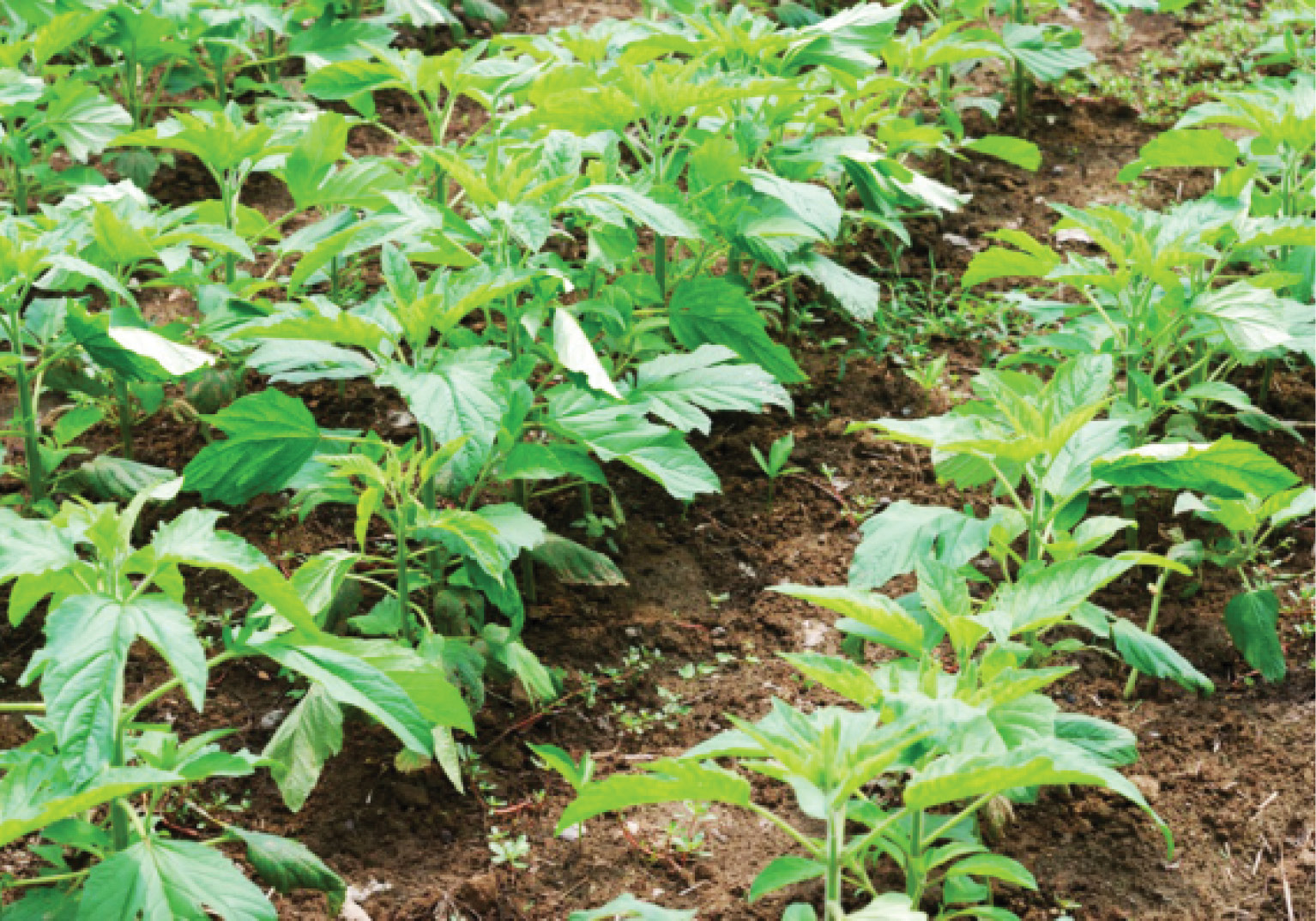Try sesame (beniseed), the little seed has big market potential
Sesame is one of the crops that continuously fetch good prices in the last decade, thanks to its continued demands for food, oil and export. Currently, the National Cereals Research Institute (NCRI), Badeggi, Niger state has done genetic improvement tremendously to some of the local varieties for oil and food. Daily Trust on Sunday puts […]

Sesame is one of the crops that continuously fetch good prices in the last decade, thanks to its continued demands for food, oil and export.
Currently, the National Cereals Research Institute (NCRI), Badeggi, Niger state has done genetic improvement tremendously to some of the local varieties for oil and food.
Daily Trust on Sunday puts together this piece to help take a decision on the cultivation because it has the potential to increase your income.

Reasons to grow sesame
Sesame is one of the most versatile crops that can be grown in dry arid regions. It has unique attributes that can fit most cropping systems.
Sesame is more profitable with limited resources than other crops using the same level of resources. It offers more return for less cost (less risk) than other crops.
A first-time grower can easily experiment with sesame because of the low input requirements without risking too much. With currently increasing input costs, this attribute alone is a major reason to grow sesame.
Sesame Varieties in Nigeria
Some of the released sesame varieties by the National Cereals Research Institute (NCRI), Badeggi, Niger state includes:
NCRIBEN-01M (White colour) the maturity days is between 102-115
NCRIBEN-02M (light brown) the maturity days is between 102-115
NCRIBEN-03M (White) takes 125-140 days to mature
E8 (Light brown) is a shorter variety which matures in 90
Yandev 55 (Light brown), matures after 125 days
Ray Langham, Jerry Riney, Glenn Smith, and Terry Wiemers of “Sesaco” and Roy farm along with some Nigerian researchers provided some basic advice on growing sesame:
Field selection
In considering a field, the most important consideration is drainage. Sesame does not tolerate standing water on the stems and will die. Sesame will grow where cotton grows.
Soil Requirements
Sesame grows best on medium to light, well-drained soil. Heavy clay soils require good drainage or raised beds and light irrigation. It prefers slightly acid to alkaline soils (pH 5-8) with moderate fertility. It does not like salt. Cotton is more salt tolerant.
Herbicide Residues Sesame is NOT a grass type grain. It is a broadleaf like sunflower, cotton, and soybeans. The majority of the herbicides used in the previous crop season do not cause problems, but if sesame is to follow a failed crop, there may be potential problems.
Planting
Planting seeds in rows will be very good instead of scattering the seeds throughout the land. Space the rows to about 10-12 inches apart. Mix the seed with dry sand and spread the mixture along the furrows for ensuring even distribution (mix 1 time seed with 4 times dry sand). Sow the seeds to about 1/2 to 2/3 inch deep.
Weed control
Weeds consume most of the nutrients from the soil. So controlling them is very important. You should take the first step for controlling weeds while preparing the soil. Then additional weeding is required 15-25 days after sowing the seeds, and finally another one at 15 to 20 days after first weeding.
Fertiliser application
The best sesame yields are on fields that are fertilized with balanced NPK fertilizers. Sesame is deep-rooted and will scavenge for fertility below.
The rates vary with soils, rainfall patterns, and local farming practices. There is little work on PK rates and most farmers use the cotton recommendations for their soils. Work has shown that PK is critical for high yields, particularly in acidic soils.
Ideally, half of the fertilizer should be applied pre-plant and the other half when the buds are showing up in the pre-reproductive stage. Applying all of the fertility up front can lead to leafy tall plants that will not yield as well as they look.
Pests and Diseases
Pests and diseases are generally less in the sesame plants. Caterpillar and gall fly are the common and main pests you will notice while growing sesame plants.
Harvesting
The sesame seeds become ready for harvesting within 3-5 months after planting the seeds (exact time depends on the variety). But in most varieties, you can expect to harvest when the leaves, stems and capsules begin to turn yellow and the lower leaves of the plant start shedding. Don’t wait until the crop becomes dead ripe (because it will cause the shedding of the seeds).
Market
The demand for sesame from food and oil side is tremendous In Nigeria. Sesame is an important export crop and the country has a substantial role in the global sesame trade.
A project financed by the Nigeria export promotion council in 2014 puts the annual exports of sesame from Nigeria are valued at about US$20 million and Nigeria is the primary supplier of a sesame seed to the world’s largest importer, Japan.
